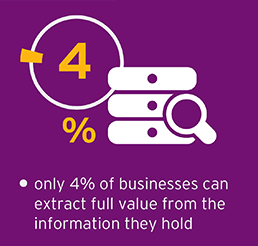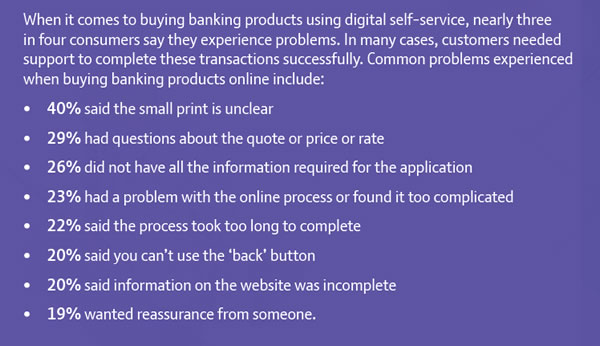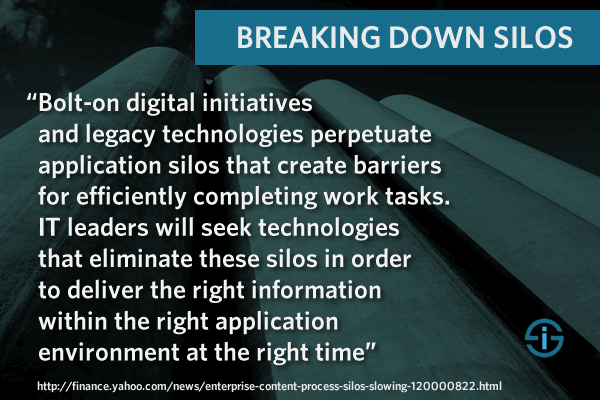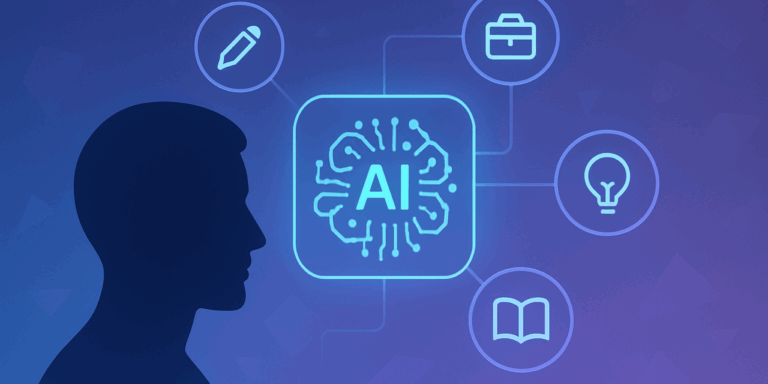Actionable data, information, knowledge and wisdon/action (yes, DIKW) are at the very center of the value ecosystem most enterprises claim to seek with digital transformation.
As we know, digital transformation is happening everywhere and a large majority of organizations say they are in a digital transformation process.
If you look at digital transformation from a technological perspective with the 3rd platform, and all its innovation accelerators, from cloud computing, the Internet of Things (IoT) and big data analytics to artificial intelligence and cognitive computing; they all have one thing in common: data, information and how to turn it into value and smooth processes.
Digital transformation failure guaranteed without information and process optimization
Or take all the architectures enabling the usage of these technologies, such as edge computing: same thing, we are talking about the best processes and ways to deal with data and information.
If you look at digital transformation from the perspective of business models, business process optimization/transformation and all other possible activities, from customer experience optimization to the enablement of new ways of working, what do we see coming back? Indeed, the need for smart information management and smooth processes. Integrated, connected, optimized and oriented on creating value, innovating and/or transforming.
Finally, if you look at digital transformation from the perspective of so-called disruptive companies, such as FinTechs, you essentially see that they leverage data and cognitive, using networks, platforms and devices to turn them into value and new, disruptive business models, challenging incumbents with optimized processes and friendly experiences (if they want to succeed).
In other words: it’s hard to exaggerate if we say that without information management excellence or, if you will, enterprise content management, data excellence and business process optimization, there cannot be any form of digital transformation whatsoever.
Or, the other way around: organizations that don’t have their information management processes connected, integrated, optimized and finetuned, with all technologies and best practices involved, while saying they are in a digital transformation process are 1) either lying, 2) either doing an ad hoc transformation, 3) either not taking everything into account to transform in a holistic way or 4) are misguided, one way or the other. Fair enough?
The essential role of information: do you focus on the next big thing while frustrating customers and throwing money out of the window?
The reason we stress this so much and why we wrote about digital transformation and information management so often before is that it’s just critical.

However, we all know that there is no stage of excellence in information management (yet). We do not fully leverage the potential of all the information and data we hold. We know there is a big gap between the perceived ability to unlock value in information and reality.
But, still, at the same time we’re already investing in the next big thing. The result? As mentioned in this post on the state of digital banking, crucial information is missing in even the most basic activities (in this case financial activities, including buying financial products) customers today can do thanks to ‘digital initiatives’.
So, while we are looking at how we can leverage the Internet of Things and build smart whatnots, the essence, the very building blocks are missing.
Illustrating that example of digital banking here are a few more findings from the Youbiquity Finance report we’ve mentioned previously: “when it comes to buying banking products using digital self-service, nearly three in four consumers say they experience problems.
Common problems experienced when buying banking products via digital channels include 1) not having all the information required for the application (26 percent of respondents), 2) unclear small print (!) with 40 percent (double !!) of respondents, and 3) incomplete information on the website (20 percent of respondents).

In other words: while we’re investing in this and that, we’re essentially still making it hard for customers. Worse, we even make it hard for them to BUY.
This is also known as investing money in one area and throwing it out the window in another or the lack of a truly integrated view on the business, the customers, the processes and the full ecosystem. No one said that was easy but it is what digital transformation requires.
Converging content/information and process: a digital transformation pillar
It’s not done yet. Other reasons that cause problems for consumers trying to buy banking products online include having a problem with the online process or finding it too complicated (23 percent) and finding the process takes too long to complete (22 percent).
This too, among others, is related with information. No information no processes. No clear information and fast information capture and processing, no decent processes and bad experiences, making us lose money and trust. Agree?
Does this all sound a bit harsh? Well, maybe we mean to. There are several reasons why digital transformations fail, we’ve tackled a few reasons for digital transformation failure before and not taking customers (as proven) and stakeholders into account (enough) is certainly one of them. There are also many reasons why digital transformations are slowed down. We also mentioned a few, such as calling in the security team too late.
Well, here is another reason for digital transformation failure or slow-down: bad information management, information silos, a lack of ability to leverage data and information at the right time for the right reason and user and, thus, a lack of business process and information digitization, optimization and integration.
While one would hope that it’s obvious that the many information-intensive digital transformation success factors and content-centric business process management and optimization efforts need to become better (as some information management associations are shouting) and also better aligned/integrated, it is very disheartening to stumble upon an August 2016 press release regarding research, conducted by Forrester Consulting on behalf of Alfresco Software (yes, it’s an ECM giant) that is entitled “Enterprise Content and Process Silos Slowing Ambitious Digital Transformation Goals”.
While the report found that 68 percent of respondents said the plan to undertake an organizational transformation (and probably several already do), only a small portfion fully digitized content-centric business processes.
Worse: over 80 percent of respondents say data and content integration are very or extremely important (also integration with processes as the convergence of content/information and processes is key as information management professional association AIIM will tell you too). But what do we see? Only 14 percent said their organization’s COLLECTIVE content is virtually all-digital today.
Business process management: merging process flows with content and information – the need for speed
Sure, not all content and information can be all-digital. Sometimes you still need paper, among others for regulatory processes.
But, as we’ve mentioned several times before, digital transformation can not happen at the speed of paper nor of non-digital information and content in processes where it is needed.

And, again: as my long introduction wanted to show; is there ANY digital transformation aspect where information (and the integration with business processes) is NOT needed?
Fortunately, 69 percent of respondents believe that BPM or workflow systems will support most or all of their organization’s core processes in the next two years. Today that is 26 percent. Moreover, 49 percent sees an opportunity to enhance end user experiences by merging process flows with content and information. Much needed as the YouBiquity Finance research results, mentioned earlier, show.
One of the major pain points, as usual, are manual and fragmented processes. However, many respondents see improvement and feel that issues such as scattered content and lack of contextual information will dissapear once it all goes better. So, that would be in two years from now: end 2018. The question is what will happen with all those digital transformation projects that today haven’t looked into the essence, namely information?
Well, we do know the consequences. They fail or are slowed down. Don’t be surprised if in 2017 some organizations start saying “digital transformation” doesn’t work or digital transformation failure is due to whatever excuse. Fortunately we’ll be able to tell them why. And Forrester Consulting issues a warning for those who don’t converge processes and content properly: they’ll become digital prey instead of predator. OK, you’ve hear similar terms but you know what the reality behind them essentially means.
Again: silos, lacking information, non-digitized yet crucial content, and a lack of properly integrated processes and information systems and flows equal no digital transformation or people who want to buy products online and aren’t even able to because the information is just not there. That seems like a no-brainer, even if, again, it takes time.
The question is how long will it really all take. Especially as there is always a difference between reality and expectations as found in research like this “Break Down Content and Information Silos to Accelerate the Flow of Work” study and certainly also between reality and self-reported perceptions.
There is cause for concern indeed, knowing the speed at which things move in an age of acceleration and how information and process optimization and convergence are basics for true transformation and innovation.
It’s not even about the acceleration of technological adoptions: it’s about the speed that everyone, down from the end user and customer across all value chains and circles, expact in your business ecosystem. Can you afford to wait?
Top image: Shutterstock – Copyright: agsandrew – Silo image: Shutterstock – Copyright: Eugene Sergeev
All other images are the property of their respective mentioned owners.







